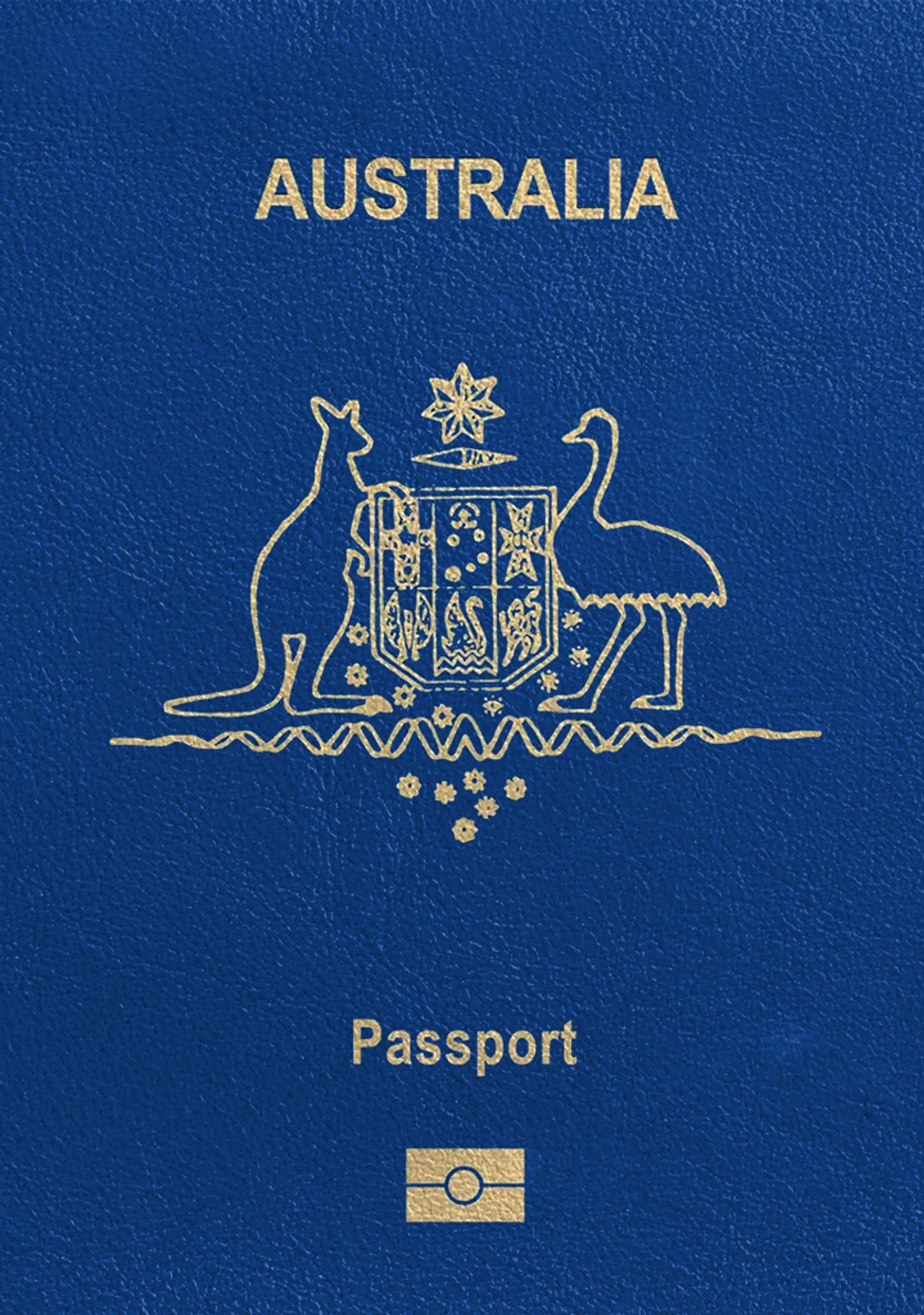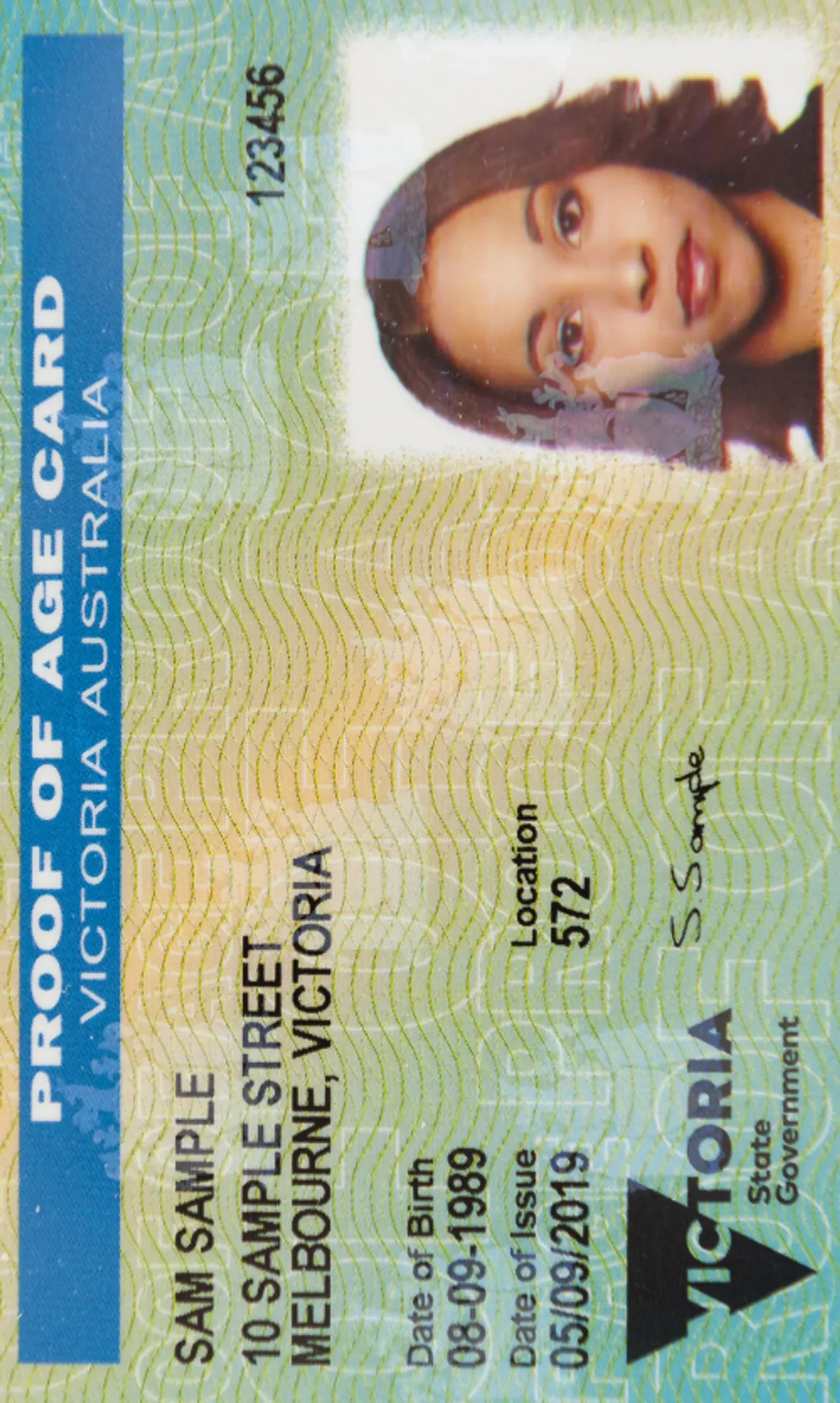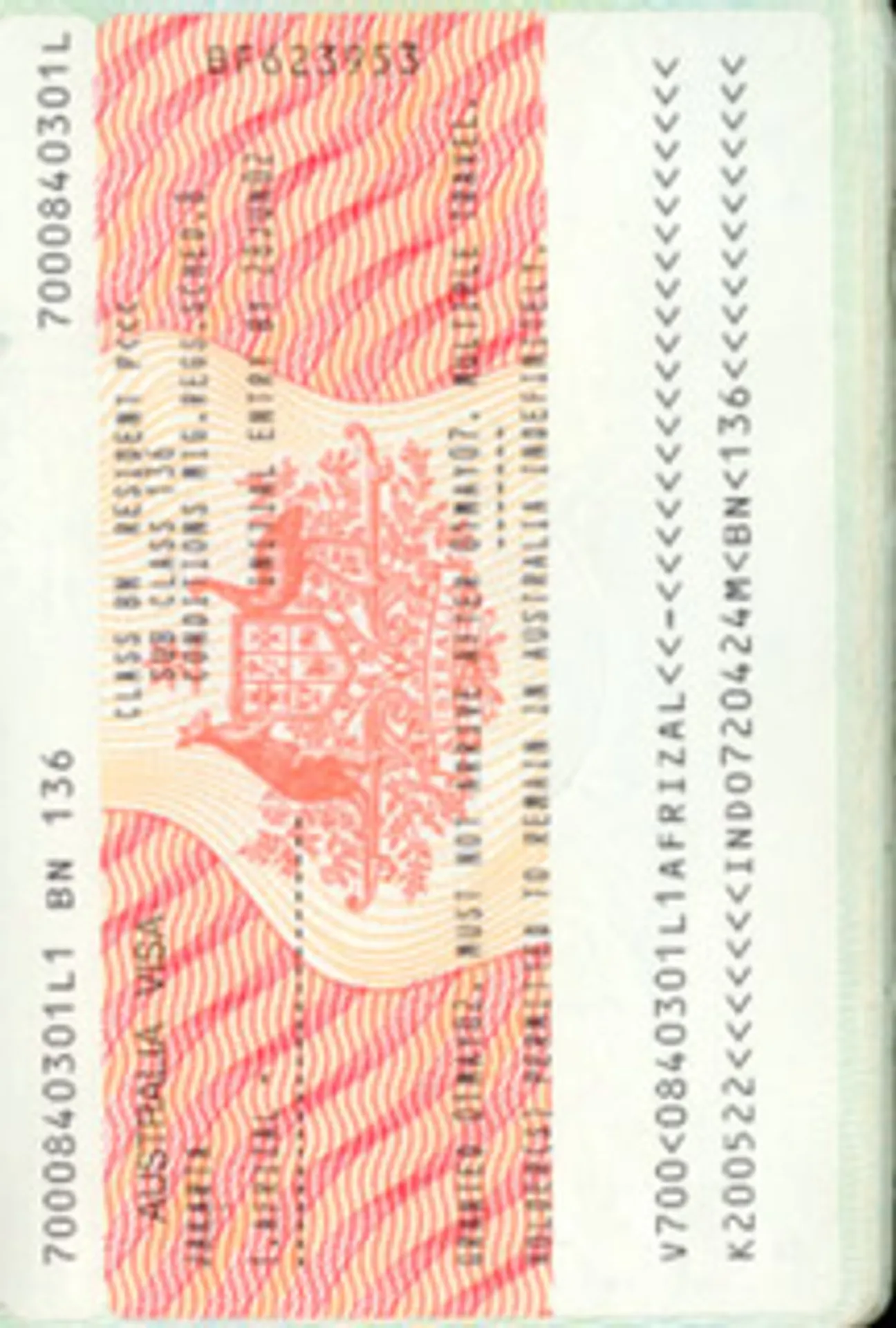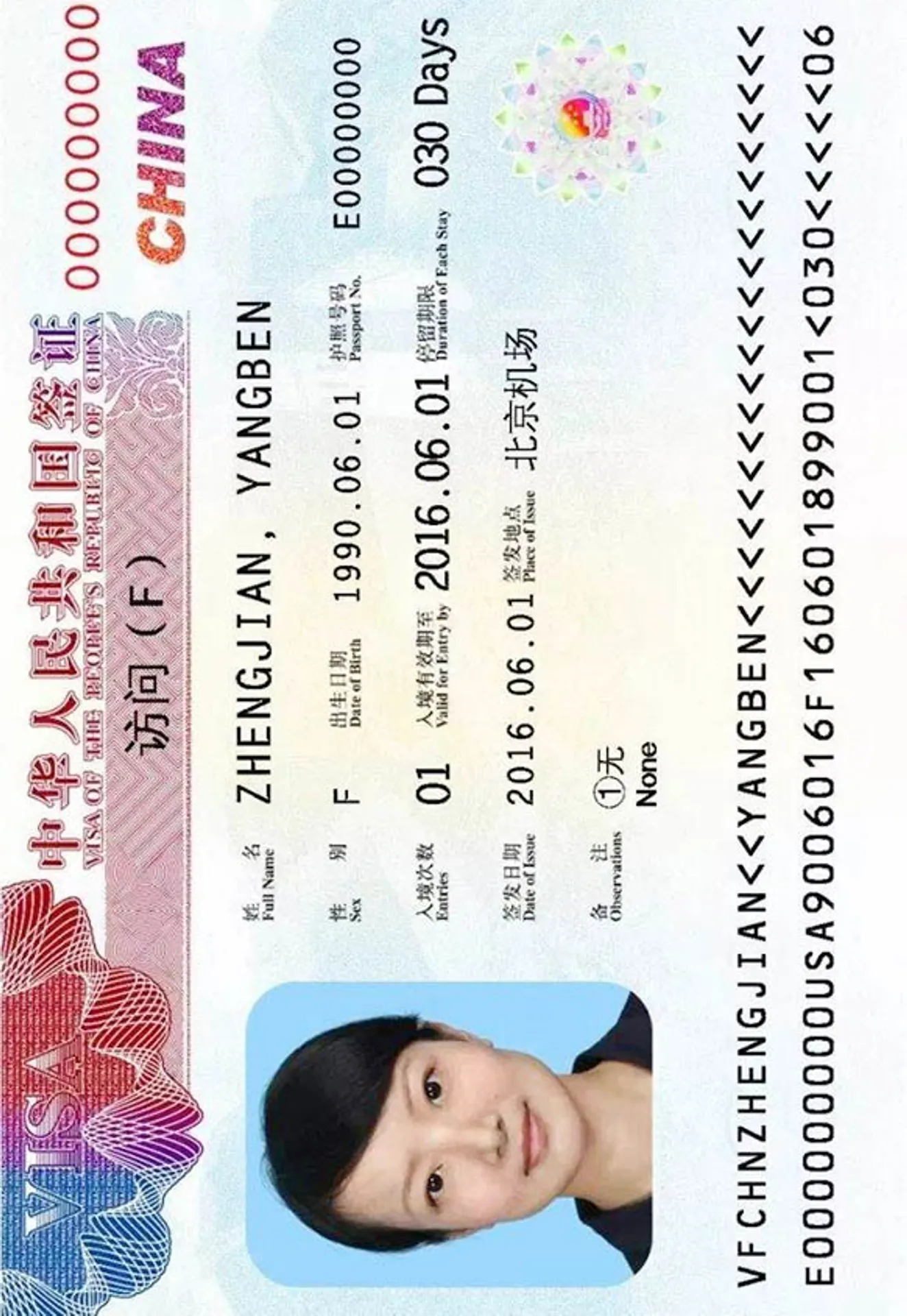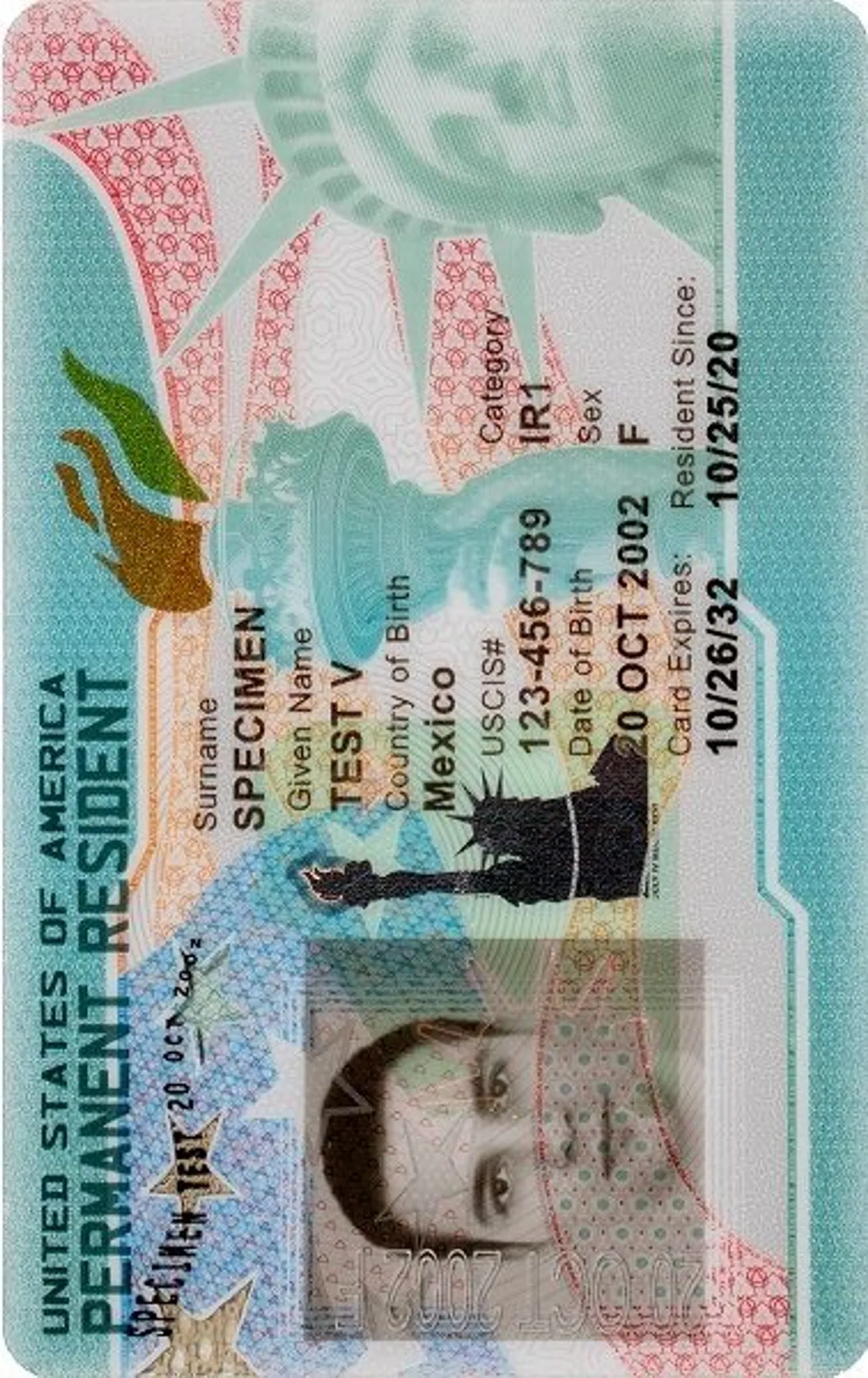
Australian Baby Passport Photo - Sizes and Requirements
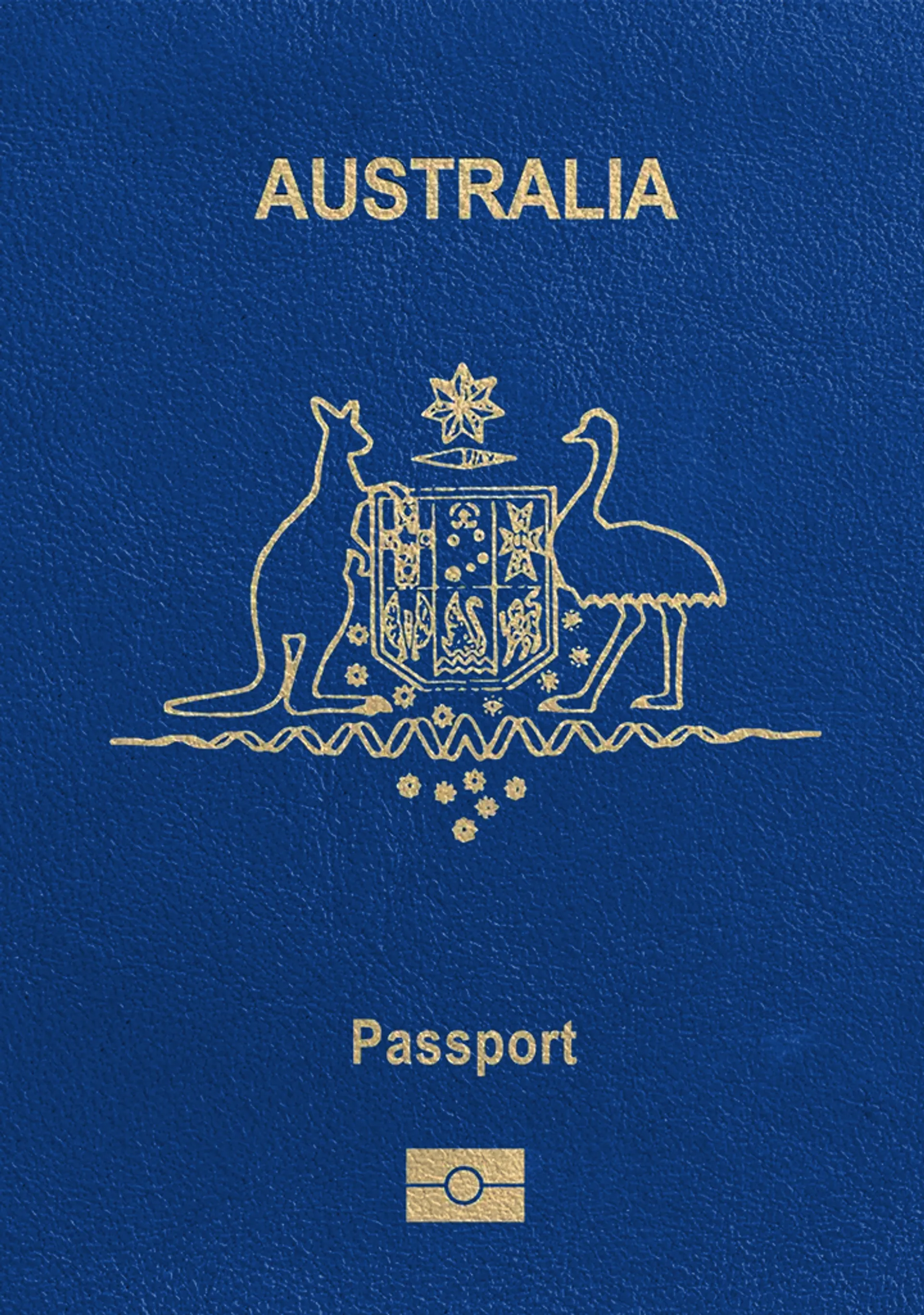






How do our mobile and web apps work?
Snap the perfect passport photo in under 3 minutes!
Find out just how simple it can be!

Take or upload a photo
Use a photo you already have or take a new one. We'll double-check it and make sure it passes all compliance tests.

Get your photo tuned-up by AI
Our AI system will crop, resize, and adjust the background of your image.

Get expert verification
One of our experts will carefully review your passport photo, providing you with feedback in under a minute!
Key benefits of using our passport photo tool
Get comfy at home, grab your phone, and snap a few pictures. End up with a result you’re 100% satisfied with!
Independence
No need to drive or wait in line. Take a photo wherever you are with only your smartphone.
Trusted service
Over a million users worldwide, 18 million photos processed, and thousands of 5-star reviews on TrustPilot.
Professional support
Questions or doubts about your photos? Our photography experts and support agents will be happy to help you out.
Acceptance guarantee
Once you place your order, our AI and human expert will verify your photo to ensure it's 100% compliant.

Passport photo-taking tips
Follow these guidelines to create the perfect passport picture.
Consider the distance
Keep your front-facing camera 16–20 inch (40–50 cm) away from the face. For rear cameras, keep a 4–6 foot (1–2 meter) distance.
Keep your head and body straight
Look directly into the camera and avoid tilting your body. Remember, portrait mode is unacceptable for passport photos.
Prepare good lighting
Take your passport photos in a daylight setting, like near a window on a sunny day. Shadows on your face or in the background are not permitted.
Baby photo for Australian passport- requirements
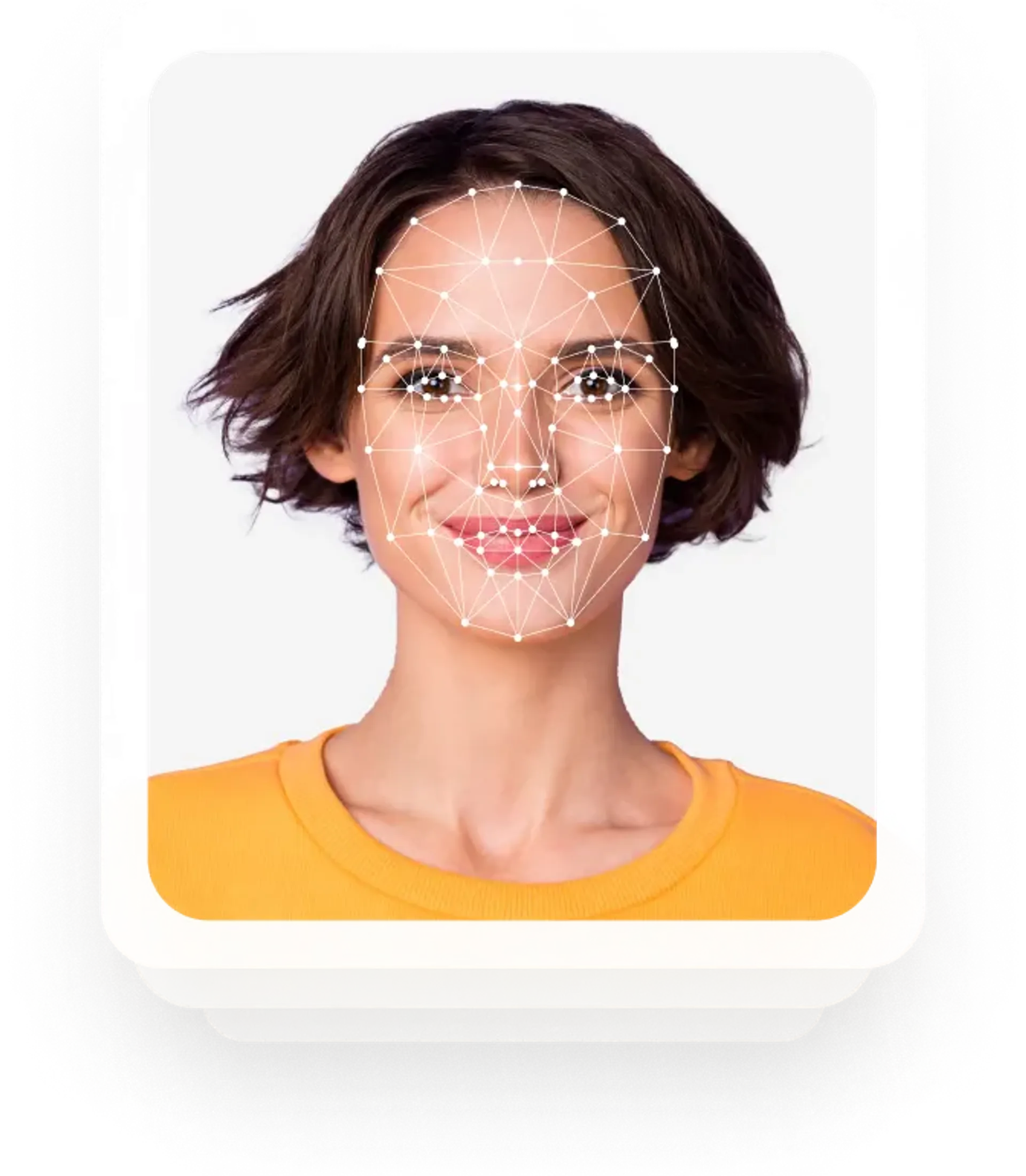
Size
35x45 mm
Resolution
600 dpi
Is it suitable for online submission?
Yes
Is it printable?
Yes
Background Color
White
Image definition parameters
Head height: 37 mm
Top of the Photo to Top of the Hair: 3 mm
Sylwia is a skilled writer with a BA in English Studies and an active SPJ member. For nearly three years now, she's been writing captivating articles for international companies, turning her lifelong passion into a career.
Baby photo for Australian passport- requirements
Any Australian going abroad has to be a holder of a valid passport, and the same is true for babies. A parent or legal guardian has to apply in the child's name and provide the necessary documents, among which are 2 (two) identical passport photographs.
When it comes to the requirements for an Australian passport picture, there is a long list. However, does a baby passport photo need to meet all of those as well? What to do if it is still impossible for a baby to keep their head straight and their eyes open, or if they get fussy about having their picture taken?
Read on to find out all you need to know about Australian baby passport pictures and find out how to take one in the comfort of your own home.
Requirements for the Australian passport photo of a baby
Every passport issued in the world has to be biometric, which means that the photo must meet some basic criteria, such as:
- be of the required size and crop,
- have the right contrast,
- use an appropriate background.
There are also rules concerning posing, forbidden items (toys or dummies in the case of babies) and facial expressions.
Size of an Australian baby passport photo
The Australian passport photo has to be between 35 x 45 mm and 45 x 50 mm and it is the same for babies. From the chin to the top of the hair, the head should take up between 32 and 36 mm. You can always resize your picture with the PhotoAiD app later.
Cropping of an Australian passport photo for a baby
The baby’s whole head and neck has to be in the picture. The upper part of the shoulders can be visible as well but that is not mandatory. To obtain this, the distance between the child and the camera should be between 1.20 and 2 metres.
Australian passport photos for babies - the lighting and colour
The face of your baby should be visible with no shadows and evenly lit on both sides. The best trick to obtain this is by using natural light, for example, placing the baby so that they are facing a window. Natural light is better than a flash, since there is no risk of the red eye effect or glare, which could invalidate the photo.
The picture has to be printed in colour, so that the natural skin tone of the baby is reflected.
Australian infant passport photo - background
The background of a baby's passport picture should be off-white or white, with no shadows, patterns or any other objects or people visible in the shot.
How to pose a baby or child for a photo for an Australian passport
The face of your baby or child has to be fully visible, which means it has to be a face-on view and not a side shot. The head has to be in the centre of the photo and the camera should be at eye level. The head should be kept straight, not tilted in any direction and the child should look straight at the camera.
Of course, this sounds easier than it really is, especially because small babies cannot support their own head. The solution is to sit the baby in a carrier or put it in your lap - you can later be erased from the background using our PhotoAiD website and app, available online, so all you need to focus on is maintaining the baby's head and ensuring it is properly positioned.
Australian baby passport photos - facial expression
The rules for taking an Australian passport photo specify that you should maintain a “neutral facial expression”, which means no smiling, frowning, grimacing or crying, and the same applies to children.
For babies and children under 3 (three) years of age, they can keep their mouths open, as long as they look straight at the camera and keep their head still.
A good tip would be to attract the baby’s attention by using a toy or rattle, so that they look towards you. You might not get the perfect shot on the first try, but just continue and later choose the photo you like best to be edited by PhotoAiD.
Baby passport photos - how to dress?
Basically any outfit for a baby passport photo is fine, as long as their head is left uncovered (unless you cover it for medical reasons). The face of your baby also has to be fully visible, but if the baby has pierced ears, there is no need to remove the earrings when taking the passport picture.
Baby passport pictures - forbidden items
As mentioned before, no toys, dummies, bottles, or other baby accessories can be visible in the picture. The background can be replaced using software, so if anything is visible behind your baby, you can edit the photo later.
How to take a baby picture for an Australian passport at home?
Instead of a trip to a photo booth or a photographers studio, use your own home. This will allow your baby or child to relax in a familiar setting and cooperate with you while you take pictures. What you will need is:
- a spot to place the child (chair or baby carrier),
- daytime light,
- a tablet, digital camera or a smartphone,
- toys or rattles to capture the baby's attention,
- this guide, to check on all the elements of the process,
- finally, our photo app to help you replace the background and adjust your photo.
Common mistakes to avoid
The most frequent mistakes people make when taking passport photos of babies and children for an Australian passport are:
- choosing a picture of the wrong size,
- badly cropping the photo,
- the baby or child having their eyes closed,
- keeping an incorrect background,
- letting other people or objects in the shot with the baby,
- choosing the wrong angle to take the picture or the baby moving its head,
- not being careful about the quality of the picture (and the picture being badly focused or either over or underexposed).
Best places to take a picture for the Australian passport of a baby
If you are wondering where to take your baby's passport photo to ensure it is the correct size, well cropped and has the appropriate background, the answer is: anywhere you want.
By downloading our PhotoAiD app, you can take pictures of your child wherever you like and ask our intelligent software to take care of the rest, cropping, resizing, verifying the validity of your passport picture and equipping it with the required background.
You can take and retake as many pictures as needed without stress and in the comfort of your own home.
Sources:
https://www.passports.gov.au/getting-passport-how-it-works/photo-guidelines
Frequently asked questions
You need to avoid using Photoshop or filters to make the photo look better or remove spots, as all digitally enhanced pictures will be automatically rejected.
They are identical with the exception that babies under 3 years old may have open mouths in their passport photo.
For children under 16 years old the passport is issued for 5 years.
The head, from the chin to the top of the hair must measure between 32 mm and 36 mm.
Australian passport photos should measure 35 mm to 40 mm wide x 45 mm to 50 mm high.
Of course you can! With Passport Photo Online, it’s easier than ever to take your own passport photo of your baby, and the tool’s AI software, coupled with human inspectors, means you can be confident your photo is going to meet the requirements set by the Australian government.
Your baby must have a neutral facial expression in their passport photo, so the baby should not be smiling as well as crying in the picture.
Was this information helpful?
Let us know how useful you found this page
Rate this page
4.74/5
Number of votes: 103



